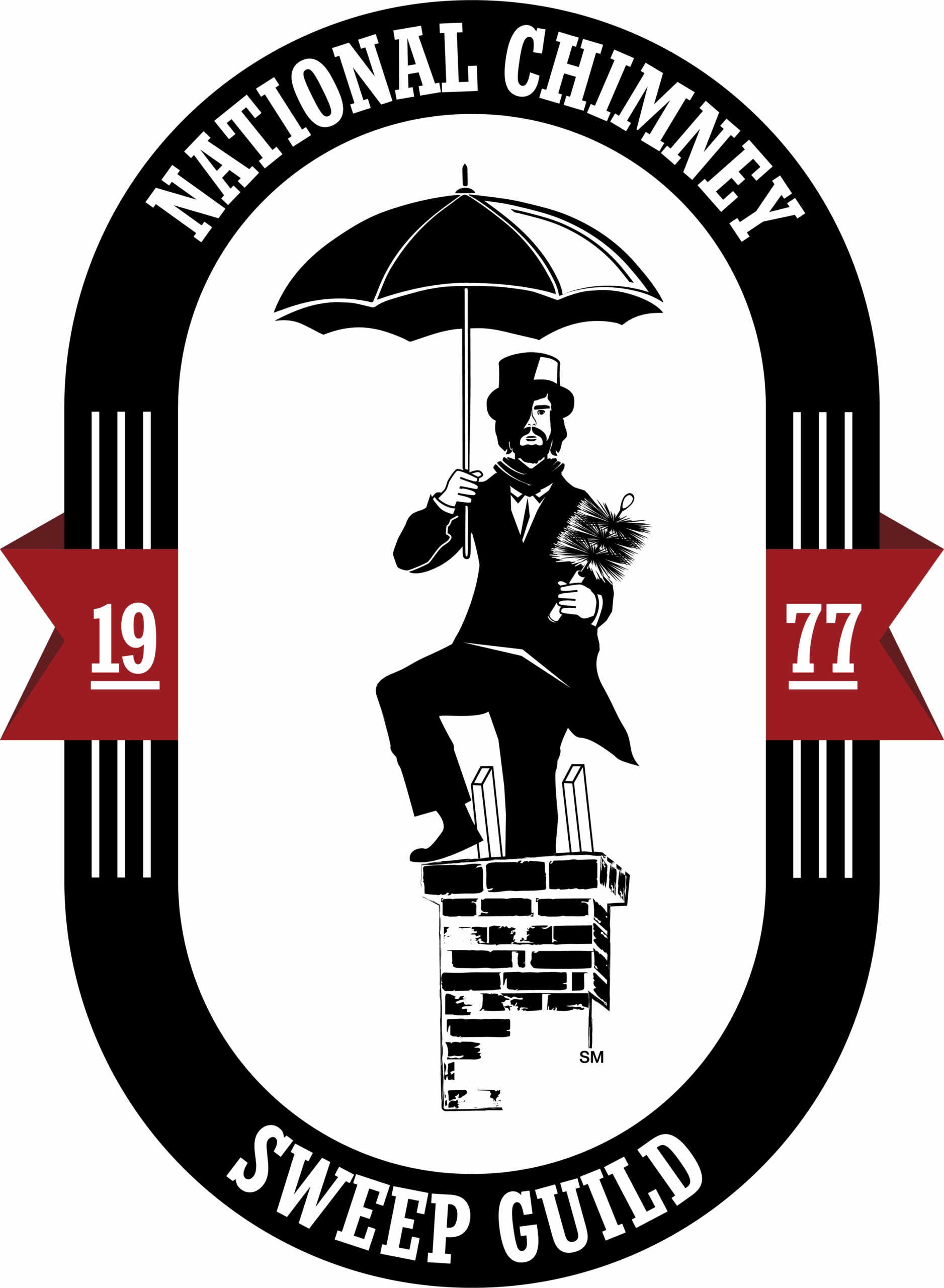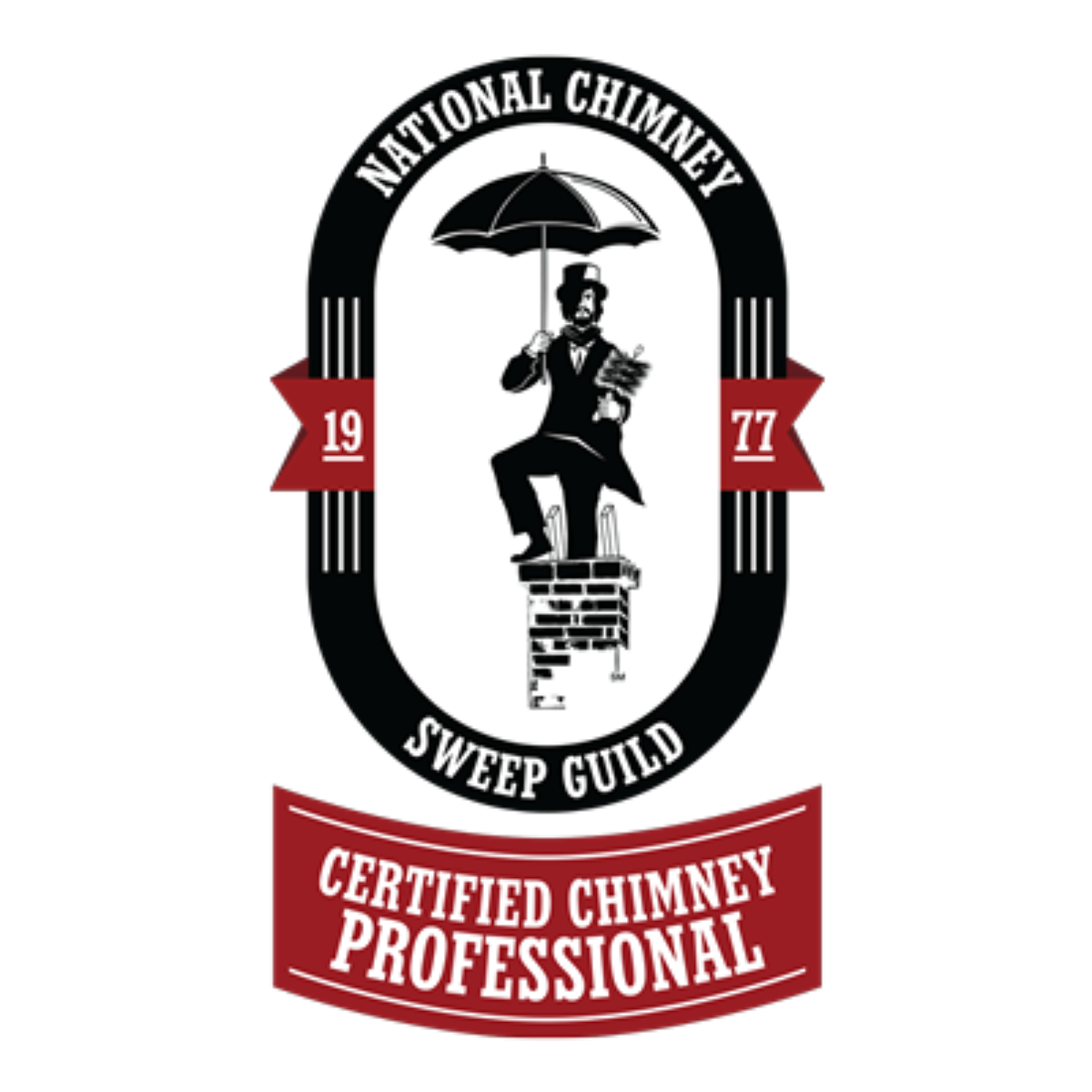Frequent Fireplace Damper Problems and Effective Solutions
Fireplace dampers are crucial components of any chimney system, controlling the airflow and ensuring safety and efficiency. However, like any other part of your home, they can encounter problems over time. Understanding these issues and knowing how to address them can save you time, money, and potential hazards. In this post, we’ll explore common problems with fireplace dampers and provide effective solutions. If you need professional assistance, Masters Services Chimney & Masonry is here to help customers in Dallas, Fort Worth, Houston, Oklahoma City, and nearby cities.
Introduction to Fireplace Dampers
Fireplace dampers play a pivotal role in your fireplace’s functionality by regulating airflow, smoke, and gases. When working correctly, they help maintain indoor air quality, enhance heating efficiency, and prevent drafts. However, when they malfunction, you can face a range of issues, from inefficient heating to dangerous carbon monoxide buildup. Let’s delve into the most common problems and how to resolve them.
Damper Stuck Open or Closed
Problem: One of the most frequent issues homeowners face with fireplace dampers is that they can get stuck, either in the open or closed position. A stuck damper can lead to energy loss, allowing warm air to escape in winter or hot air to enter in summer. Conversely, a stuck closed damper can cause smoke and harmful gases to back up into your home when you use the fireplace.
Solution: Inspecting and cleaning the damper regularly can prevent this issue. Over time, creosote buildup, rust, or debris can cause the damper to stick. Use a wire brush to remove creosote and ensure the damper operates smoothly. If rust is the culprit, applying a rust remover and a lubricant designed for metal parts can help. If the problem persists, it may be necessary to replace the damper.
Warped or Damaged Damper
Problem: Dampers are typically made from metal, which can warp or become damaged due to prolonged exposure to high temperatures and moisture. A warped or damaged damper cannot seal properly, leading to drafts, energy inefficiency, and potential safety hazards.
Solution: If you notice warping or visible damage to your damper, it’s often best to replace it. Installing a new damper can ensure a proper seal, preventing drafts and improving the efficiency of your fireplace. In some cases, you might consider upgrading to a top-sealing damper, which provides a better seal and additional benefits like reducing energy loss and preventing animal entry.
Poorly Fitting Damper
Problem: A damper that doesn’t fit properly can cause significant issues, including inefficient burning, smoke backdrafts, and heat loss. This problem often arises in older homes where the original damper may no longer fit properly due to structural shifts or wear and tear.
Solution: A professional chimney inspection can determine if your damper is poorly fitting. If so, replacing it with a correctly sized damper is crucial. Custom dampers are available and can be fitted precisely to your chimney’s dimensions, ensuring optimal performance and safety.
Reliable Fireplace Damper Replacement & Repair Service in Dallas, Fort Worth, Houston, Oklahoma City & Nearby Cities
Fireplace dampers are essential for maintaining the safety and efficiency of your fireplace. Addressing common problems such as stuck, warped, poorly fitting, or broken dampers promptly can prevent more significant issues and ensure your fireplace operates correctly. Regular inspection and maintenance are key to avoiding these problems. If you’re experiencing issues with your fireplace dampers or need professional chimney services, Masters Services Chimney & Masonry is here to help. We serve customers in Dallas, Fort Worth, Houston, Oklahoma City, and nearby cities with expert chimney inspections, repairs, and maintenance. Contact us today to schedule an appointment and ensure your fireplace remains a safe and efficient source of warmth for your home.










